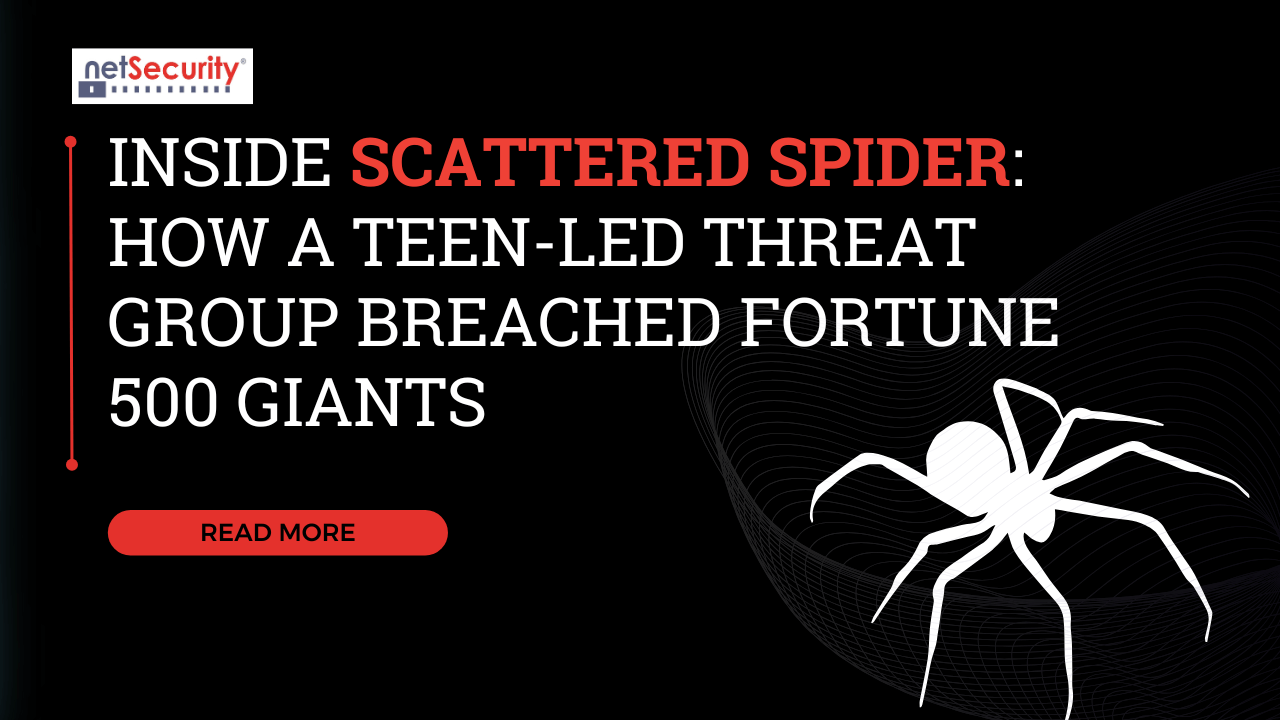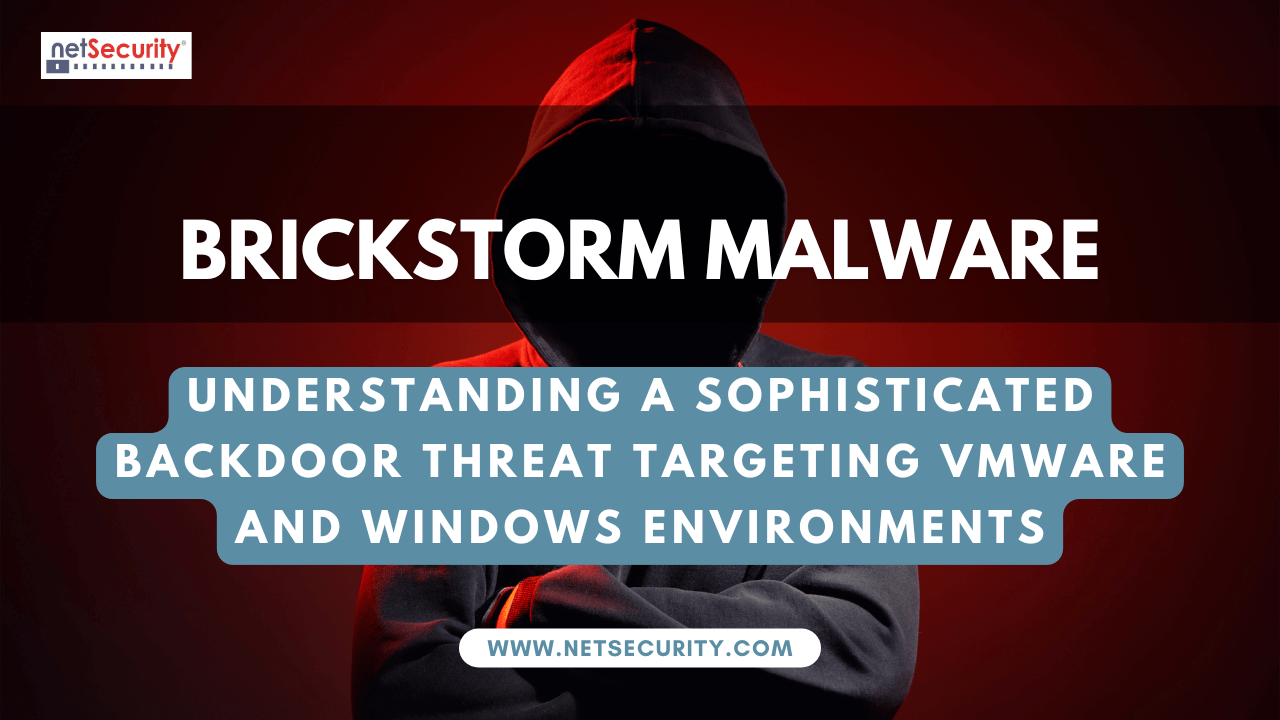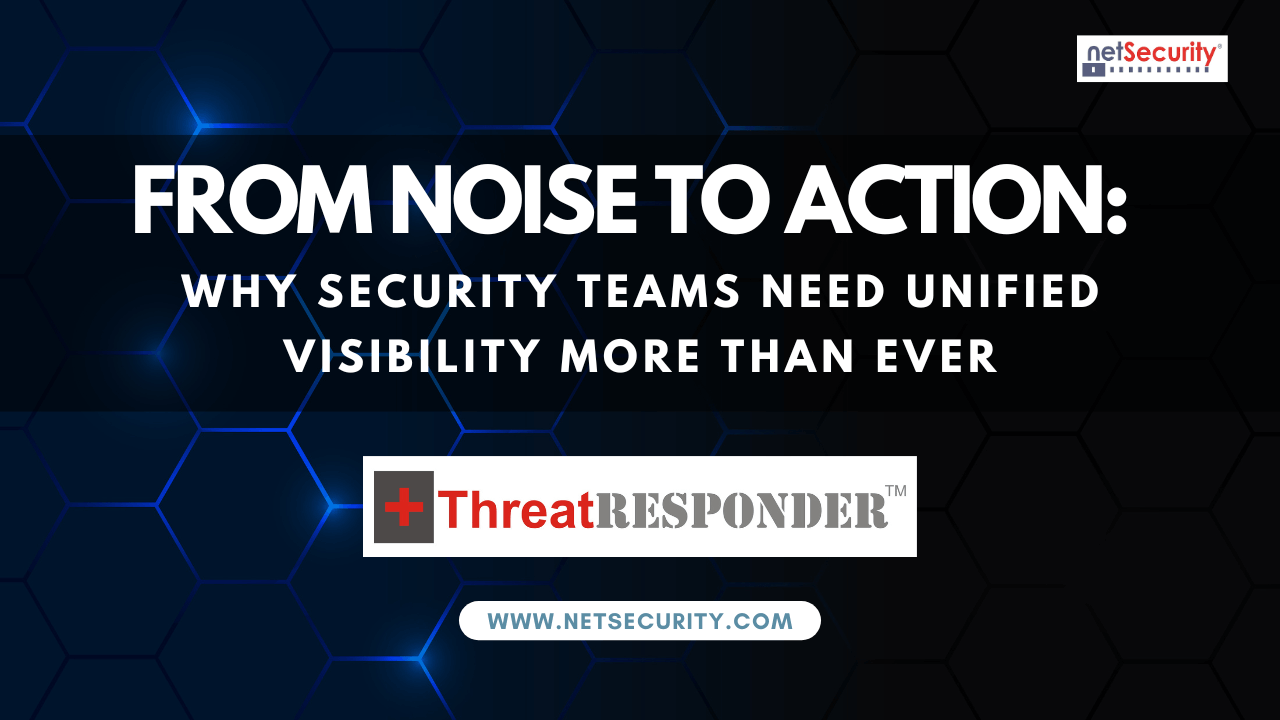Inside Scattered Spider: How a Teen-Led Threat Group Breached Fortune 500 Giants
In an era dominated by cutting-edge malware and zero-day exploits, one of the most dangerous attack techniques remains surprisingly low-tech: social engineering. The infamous threat group Scattered Spider has proven this beyond doubt. With a blend of clever deception, psychological manipulation, and identity exploitation, they’ve bypassed some of the most sophisticated defenses—not by hacking machines, but by hacking people.
This blog takes a deep dive into how Scattered Spider operates, why their success should worry every CISO, and what organizations can do—especially with platforms like ThreatResponder—to defend against such human-centric attacks.
What Is Scattered Spider?
Scattered Spider, also tracked as UNC3944, Octopus, Octo Temptest is a threat group known for its audacious and highly effective attacks on major enterprises, particularly in the telecom, gaming, and finance sectors. What makes this group stand out isn’t just their technical prowess, but their mastery of social engineering tactics.
The group gained global attention in 2023 when it was linked to high-profile breaches at MGM Resorts and Caesars Entertainment. In the recent times, this group has targeted organizations in Retail, Insurance, Transportation and Aviation sectors. In these incidents, the Scattered Spider attackers didn’t rely on traditional malware or brute-force intrusion. Instead, they tricked employees and help desk staff into handing over access credentials, bypassing multiple layers of technical defense.
The Social Engineering Playbook
Scattered Spider uses a sophisticated social engineering playbook that includes:
1. SIM Swapping and MFA Hijacking
They often start by impersonating employees to mobile carriers in order to perform SIM swaps. This allows them to intercept multi-factor authentication (MFA) codes and reset passwords for critical accounts.
2. Help Desk Manipulation
The attackers are known for calling IT help desks, pretending to be legitimate employees locked out of accounts. They use personal details gathered from data breaches or social media to build credibility and convince staff to reset credentials.
3. MFA Fatigue Attacks
By repeatedly triggering MFA push notifications, they wear down employees into approving access out of frustration or mistake. This tactic has been widely used and continues to be shockingly effective.
4. Credential Harvesting
Phishing remains a cornerstone. Scattered Spider crafts convincing fake login portals to harvest usernames, passwords, and MFA tokens. These portals mimic corporate SSO pages almost flawlessly.
5. Deepfake Voice or Video Impersonation (Emerging)
There are indications that groups like Scattered Spider are experimenting with AI-generated voice or video deepfakes to add another layer of credibility to their impersonations.
Why These Tactics Work
Despite billions of dollars invested in security technologies, human error remains the most vulnerable vector. Why?
- Trust in authority: Employees are trained to help, especially when someone claims to be a colleague in distress.
- Lack of verification protocols: Many help desks lack multi-step identity verification checks.
- Alert fatigue: Employees overwhelmed with security prompts or MFA requests may approve them without thinking.
- Social media exposure: Many users unknowingly expose job roles, personal data, or company tools publicly, making impersonation easier.
The Fallout: What Scattered Spider Teaches Us
Real-World Impact
The MGM attack alone caused over $100 million in losses, highlighting the scale and cost of a successful social engineering campaign. The reputational damage, operational disruption, and legal consequences are often harder to quantify but equally devastating.
Regulatory Scrutiny
These breaches have drawn attention from regulators and boards. Executives now face questions like:
- “What controls do we have to prevent social engineering?”
- “How are we training our users?”
- “Do we monitor for identity abuse and privilege escalation in real time?”
What Organizations Must Do Now
Social engineering attacks are not going away. In fact, they are getting more convincing and technically assisted (via AI). Defenders must evolve.
1. Implement Identity Threat Detection & Response (ITDR)
Scattered Spider targets identities. That makes ITDR a non-negotiable component of modern cybersecurity.
ThreatResponder‘s ITDR module enables:
- Continuous monitoring of identity behavior
- Detection of anomalous privilege escalation
- Alerts on impossible logins or suspicious authentication events
- Real-time visibility into user and service account abuse
2. Strengthen Help Desk Verification
Organizations must upgrade their identity verification processes for internal support teams:
- Use out-of-band verification (SMS + phone call + ID verification)
- Train help desk staff on impersonation red flags
- Rotate help desk questions regularly to avoid predictability
3. Monitor for MFA Abuse and Fatigue
ThreatResponder can alert security teams about abnormal MFA behaviors:
- Multiple push notifications to a user
- MFA approvals from unusual geolocations
- Credential reuse across accounts
By monitoring authentication at a granular level, security teams can quickly detect and respond to social engineering attempts.
4. Educate and Simulate
Ongoing security awareness training is essential:
- Run social engineering simulations
- Share real-world case studies like Scattered Spider
- Encourage a culture of “trust but verify”
5. Prepare for Deepfake Threats
As deepfake voice and video technology advances, include them in tabletop exercises and red team scenarios. Train executives and IT staff to verify identities through secure secondary channels.
6. Leverage Forensics for Root Cause Analysis
In the aftermath of any suspected breach, detailed forensic investigation is critical.
ThreatResponder FORENSICS (TRF), the free stand-alone forensic tool, allows incident responders to:
- Collect endpoint artifacts from compromised systems
- Trace lateral movement and privilege escalation
- Build a timeline of attacker activity
- Extract indicators of compromise (IOCs) for threat hunting
With TRF, organizations can perform forensic investigations on endpoints even in offline or isolated environments.
Prevent Successful Scattered Spider Attacks With ThreatResponder
CISA, FBI, NSA and DHS are constantly making efforts to shed light on the tactics and techniques of the Scattered Spider hackers, and while authorities are doing their part by arresting the hackers alledgedly associated to the Scattered Spider group, the threat seems to be far from over. Scattered Spider didn’t breach networks by breaking through firewalls or cracking encryption. They walked in through the front door—invited by well-meaning, unsuspecting humans.
The lesson is clear: your cybersecurity posture is only as strong as your weakest link. And more often than not, that weakest link is human.
To defend against social engineering, CISOs must combine identity-based detection, strong verification practices, and forensic readiness.
Platforms like ThreatResponder bring all of these together:
- Unified EDR, ITDR, and forensic analysis
- Real-time detection of identity threats
- Free, portable investigation with TRF
The threats are evolving. So must your defenses.
Explore how ThreatResponder can help your organization stand strong against social engineering.
Disclaimer
The page’s content shall be deemed proprietary and privileged information of NETSECURITY CORPORATION. It shall be noted that NETSECURITY CORPORATION copyrights the contents of this page. Any violation/misuse/unauthorized use of this content “as is” or “modified” shall be considered illegal and subjected to articles and provisions that have been stipulated in the General Data Protection Regulation (GDPR) and Personal Data Protection Law (PDPL).











